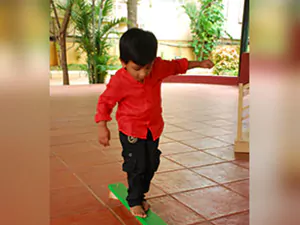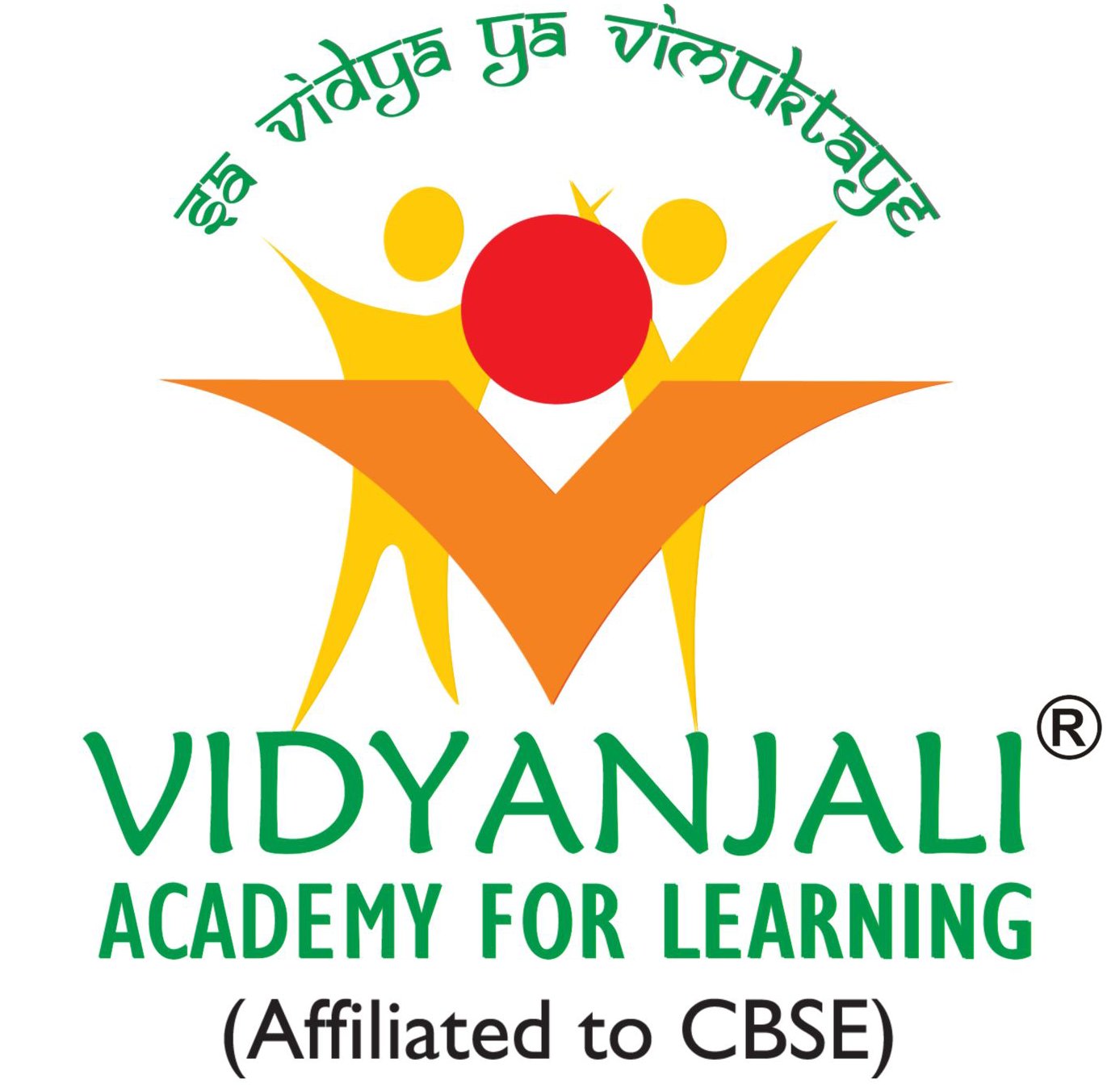
Movement distinguishes living beings from non-living things, plants from animals and animals from human beings. In plants, movement results in flowers and fruits. While plants are incapable of moving from one place to another, animals move across the place. Each animal is born with its own perfected special movement like swimming, climbing, running, slithering, crawling, leaping. These movements are not found in the human being at birth. He constructs his own movement after birth (Montessori, 1949, p. 151) (Montessori, 2012, p. 158). The human being works and develops one single movement. For instance, if a person wants to be a dancer, he develops and perfects the movements needed for being a dancer, although he also has the equal capacity to become a gymnast. Nature has made his body construct himself with the help of his will.
Human being has two types of movements – Involuntary movements and voluntary movements. Involuntary movements take place without the control of the being ex: heartbeat, pulse and inner organs, whereas his will controls the voluntary movements. The human being is not born with voluntary movements. He learns or constructs them gradually in the first plane of development as his brain develops. Voluntary movements occur with the help of his brain.
The brain is like a motherboard in the computer. It collects and processes the information from the sense organs. Sense organs act as gateways of information and nerves as messengers. Once the brain process the information collected from the sense organs, it will command the muscles to act through the nerves. Thus, the thought that started in the brain completes as an action by the muscles. The completed action put the man in a relationship with the environment and other beings in the environment. Hence, the brain along with the nervous system, sense organs and muscles is called ‘the Relationship System’ (Montessori, 1949, p. 146).
The human baby is born incomplete. Although all his sense organs fully formed at birth, they lack focus or coordination. For instance, a child does have a sight at birth but cannot focus on one thing; he has the nervous system, but nerves are not completed and myelinated; skeleton system and brain are not fully developed. The brain develops faster after birth. Movements develop gradually according to the development of the brain, myelination of the nerves ossification of bones. Subsequently, the child starts lifting his head, shoulder, sitting, standing, walking and running independently.
Movements are crucial as they help the child know how his body works and connects him to the sensorial experiences. Through sensorial experiences, the child learns about the environment. He achieves functional independence, which leads to repetition. He also learns how much effort to exert and use his body to do a particular work. The movement has a transcendental aim and a cosmic plan. The purpose of movement in education is not restricted to professional training. It is to coordinate movements that play a necessary part in his mental life to enrich the practical and executive sides.
The life of a Human being, who was moving on all four limbs like any other mammal, changed the moment he stood on his hindlimbs. Standing on his feet liberated his forelimbs, used to hold the branches, climb the trees, and pluck the fruits. As he increased the use of his hands, there was a change in his brain capacity. He discovered the power of his hand – he could see without actually seeing, speak without uttering a word. The hands gave a form to the idea that started in the brain. Thus the use of hands is the foundation of all human evolution and civilization.
All humans use their feet in the same manner. Hence, the foot is studied from physiological, biological and anatomical views. This is not the case with hands; no one can guess what special-purpose the hands of different people have. Through the ages, the hands have produced intricate work from pyramids to the great temple architecture. Hands followed humans intellect, spiritual life and emotions. Written language is a great work of the human hand, which is a great gift we inherit.
The hands are connected with mental life. The study of a child’s psychological development is closely linked with the study of his hand activities. The child’s intelligence can develop to a certain level without the help of his hand. But if it develops with his hand, it reaches a higher level, and the child’s character would be stronger. The development of hand goes hand in hand with the development of walking. When the child wants to carry heavy objects, his legs need to support him. As language is connected with the sense of hearing, movement is connected with the sense of sight. So that he has the power to observe the world in which he moves about. Every stage movements are dependent on the previous period’s achievements. Before he starts moving the child lays in his back for a long time, observing others. Then comes the moment of grasping, then his attention is drawn to his hand, then he achieves unconscious prehension and conscious prehension, intentional grasping, ceases to be grasping.
The structure of the human hand is uniquely designed for pincer grip and prehensile movement. No other primates have this kind of structure. Shkolyar and Lykova studied 512 children between 2 months to 7 years and found that the immaturity of the hand functions and psychomotor, negatively affect the activity and character of communication and movement behaviour of the growing human being…” (2015). This sums up the importance of hands and the need to provide opportunities for the children to use their hands and feet naturally.
Bibliography
Lillard, A. (2007). Montessori the Science behind the Genius. New York: Oxford University Press.
Montessori, M. (2012). The 1946 London Lectures. Amsterdam, Netherlands: Montessori-Pierson Publishing Company.
Montessori, M. (1949). The Absorbent Mind. Madras: Kalakshetra Publication.
Riener, A. (2014, May). Research Gate. Retrieved from Conference on Human Factors in Computing Systems,: https://www.researchgate.net/publication/260539501_CHI_2039_Speculative_Research_Visions/figures?lo=1
Shkolyar, L. V., & Lykova, I. A. (2015). Development of Hand Functions in the Human Being of Ontogeny. Biomedical & Pharmacology Journal, 8(2), 529-534.



